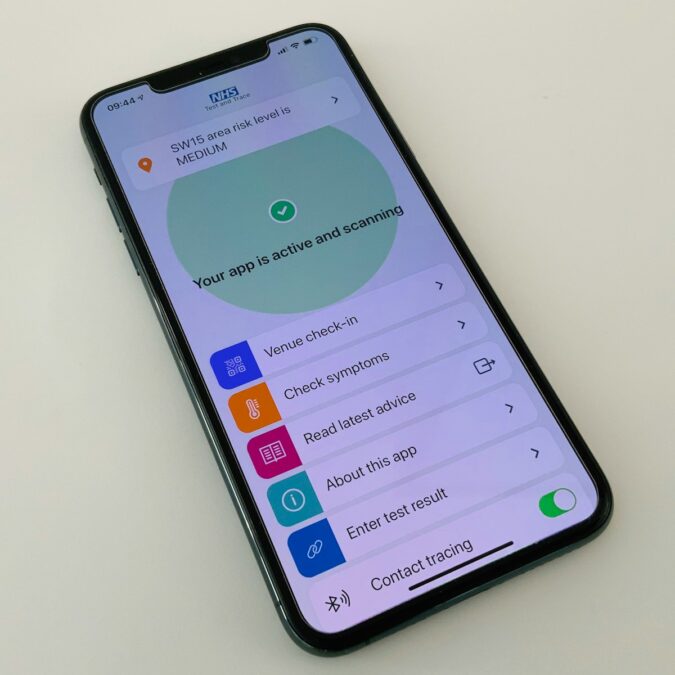The Role of Business Process Analysis in Risk Identification
Understanding Business Process Analysis
In today’s dynamic business environments, particularly in regions like Saudi Arabia and the UAE, the ability to identify and mitigate potential risks is crucial for sustaining operations and ensuring long-term success. Business process analysis (BPA) is a powerful tool that enables organizations to systematically evaluate their workflows and operations. This involves mapping out processes, identifying inefficiencies, and uncovering areas where risks may arise. By conducting a thorough BPA, companies can gain a comprehensive understanding of their operational landscape and proactively address vulnerabilities.
Identifying Risks Through Process Mapping
One of the primary benefits of business process analysis is its ability to highlight potential risks within an organization’s operations. Through detailed process mapping, businesses can visualize each step of their workflows, pinpointing where issues are most likely to occur. For instance, in a supply chain management context, BPA can reveal bottlenecks, redundant steps, or points of failure that could disrupt the flow of goods and services. In bustling economic hubs like Riyadh and Dubai, where efficiency is key, identifying such risks early on is essential for maintaining smooth operations and staying competitive.
Enhancing Decision-Making with Data-Driven Insights
Business process analysis provides organizations with valuable data-driven insights that inform decision-making processes. By analyzing data collected during the BPA, businesses can identify trends, patterns, and anomalies that indicate potential risks. This information is critical for developing effective risk mitigation strategies. For example, in the financial sector, BPA can help institutions in Saudi Arabia and the UAE detect fraud, compliance issues, and operational inefficiencies. Armed with these insights, executives can make informed decisions to enhance their organization’s resilience and safeguard its assets.
Implementing Effective Risk Mitigation Strategies
Developing a Comprehensive Risk Management Plan
Once potential risks have been identified through business process analysis, the next step is to develop a comprehensive risk management plan. This involves prioritizing risks based on their potential impact and likelihood, and then devising strategies to mitigate them. Effective risk management plans should include contingency measures, clear communication channels, and defined roles and responsibilities. In regions like Dubai and Riyadh, where businesses often operate in fast-paced and high-stakes environments, having a robust risk management plan is critical for ensuring operational continuity and protecting the organization’s reputation.
Leveraging Technology for Risk Mitigation
Technology plays a pivotal role in modern risk mitigation strategies. Advanced tools such as Artificial Intelligence (AI), Blockchain, and Generative AI can significantly enhance an organization’s ability to detect and mitigate risks. AI can be used to monitor real-time data and identify potential threats before they escalate. Blockchain technology, with its immutable ledger, can ensure the integrity and transparency of transactions, reducing the risk of fraud. In the context of the Metaverse, businesses can simulate different scenarios to test their risk mitigation strategies. By leveraging these technologies, companies in Saudi Arabia and the UAE can stay ahead of potential risks and maintain their competitive edge.
The Importance of Continuous Monitoring and Improvement
Risk mitigation is not a one-time effort but an ongoing process that requires continuous monitoring and improvement. Organizations must regularly review their risk management plans and update them based on new insights and changing circumstances. In regions like the UAE and Saudi Arabia, where market conditions and regulatory environments can shift rapidly, staying agile and responsive is essential. Continuous monitoring allows businesses to adapt their strategies in real-time, ensuring that they can effectively manage risks and seize new opportunities as they arise.
Leadership and Communication in Risk Mitigation
Executive Coaching for Effective Risk Management
Effective leadership is crucial for successful risk mitigation. Executive coaching services can help leaders develop the skills needed to manage risks proactively. Coaches can provide guidance on strategic planning, decision-making, and crisis management, equipping leaders with the tools they need to navigate complex risk landscapes. In fast-growing cities like Riyadh and Dubai, where executives often face high-pressure situations, executive coaching can be invaluable for maintaining composure and making sound decisions under stress.
Fostering a Culture of Risk Awareness
Creating a culture of risk awareness within an organization is essential for effective risk mitigation. This involves educating employees about potential risks and encouraging them to report issues promptly. Effective communication plays a key role in fostering this culture. Leaders should ensure that risk management policies are clearly communicated and understood at all levels of the organization. In multicultural business environments like those in the UAE and Saudi Arabia, clear and inclusive communication is particularly important for ensuring that all employees are engaged and aware of their role in risk management.
Collaborative Risk Management Across Departments
Risk mitigation requires a collaborative approach that involves all departments within an organization. By breaking down silos and encouraging cross-functional collaboration, businesses can ensure that risks are managed holistically. For example, the finance department can work closely with operations to identify financial risks related to supply chain disruptions. In cities like Dubai and Riyadh, where businesses often operate on a global scale, collaborative risk management is essential for addressing complex and interconnected risks. By fostering a collaborative culture, organizations can enhance their resilience and better protect their interests.
Conclusion
Business process analysis is a vital tool for identifying and mitigating risks within an organization. By providing a detailed understanding of operational workflows, BPA enables businesses to proactively address vulnerabilities and enhance their resilience. Implementing effective risk management strategies, leveraging advanced technologies, and fostering a culture of risk awareness are critical components of successful risk mitigation. In dynamic markets such as those in Saudi Arabia and the UAE, these practices are essential for maintaining operational continuity and achieving long-term business success. Through continuous monitoring and improvement, businesses can stay agile and responsive, ensuring that they are well-equipped to navigate the complexities of today’s business environment.
—
#BusinessProcessAnalysis #RiskMitigation #ChangeManagement #ExecutiveCoaching #AI #Blockchain #Metaverse #Leadership #Riyadh #Dubai #SaudiArabia #UAE

